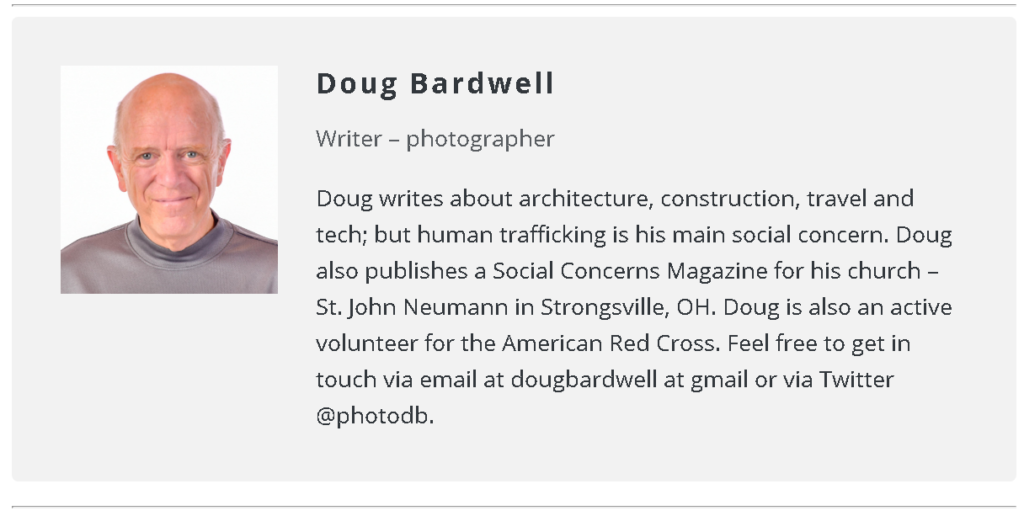and No, it’s never too early or late to get started.

Recently, a reader contacted me after reading “Three ways to protect kids online”. She was concerned having the conversation with a young child, so I thought this article might pull together some hints for other people with the same question.
She wrote:
“I do have a question though, how would you go about approaching the concept of having a talk with your child about cyber bullying and other forms of unsafe cyber communication? I feel as though that could go really wrong really fast.”
It’s true, too much or too graphic a depiction of these evils can be overwhelming for a young child. But, just like telling children to not run into the street, they need to be warned about the dangers of the Internet as well.
Don’t allow yourself to ever look back and regret the missed opportunity to have a life-saving discussion.
1) You are probably the best judge about the maturity level of your own child, but never underestimate their capability to catch on to concepts of safe and dangerous. If they’ve ever grabbed a hot pan, a light bulb or a cup full of coffee, they already know what pain is.
2) Unlimited access to the Internet is also something to be avoided – both in time online and in terms of an unfiltered device. An app like Bark will monitor your children’s social media and email and confidently notify you if it senses violence, bullying, drug abuse, self-harm, sexual content or mental health issues. Other apps help measure and limit time online, or NetNanny which monitors laptops as well as phones.
3) Experts agree that the term cyberbullying is not meaningful to young children, so it’s better to talk about people being “mean” or having too much “drama” online. The important part is to have probative conversations with your child, all the while making it clear that no topics are offbase and that you will not judge them for bringing up any concerns they have. Sometimes it’s easiest to frame the questions starting with “Do any of your friends …” or “Do you know anyone who…” And, try watching these cartoons from NetSmartzKids.org – scroll down to see the Classic NetSmartzKids videos for young children. They are great discussion starters.
4) Don’t forget about personal encounters in public places like the mall. If your child is younger, you might start with a simple statement that there are some people who like to harm children, and unless they’ve been introduced by the parents, they should never have a conversation with another adult if they are by themselves.
5) Discuss bullying so a child understands what it is, and that it’s not okay to let it happen to anyone, even those we might not choose to associate with. Ask probing questions frequently as many children will not be sure it’s something they should talk about. Involve school authorities and the police if it exists. Also, you can easily report it to www.cybertipline.org for their follow-up.
6) As children get more mature, there are comics and YouTube videos that are excellent as discussion starters. The key here is a frank discussion, making sure that children always know they are safe talking to you about anything that troubles them without you criticizing them or making them feel uncomfortable.
7) As they get closer to teenage years, you need to specifically discuss human trafficking. A great resource for these discussions is the discussion guide freely available from Love146. Links are available in this article.
I hope this has gathered a number of resources for you to start your conversations without “things going wrong really fast.”

Nine more articles you might enjoy
The worst thing your child won’t tell you
What to tell your child before it’s too late
Can you believe human zoos existed in this country
Learn the dangerous language of human traffickers before your child does
Learning the facts about sexual violence – these stats are incredible
Want to get involved with ending human trafficking?
Saint Bakhita – patron saint of trafficking victims
Look beneath the surface – would you recognize someone being trafficked?
Make a friend – save someone from becoming a trafficking victim

